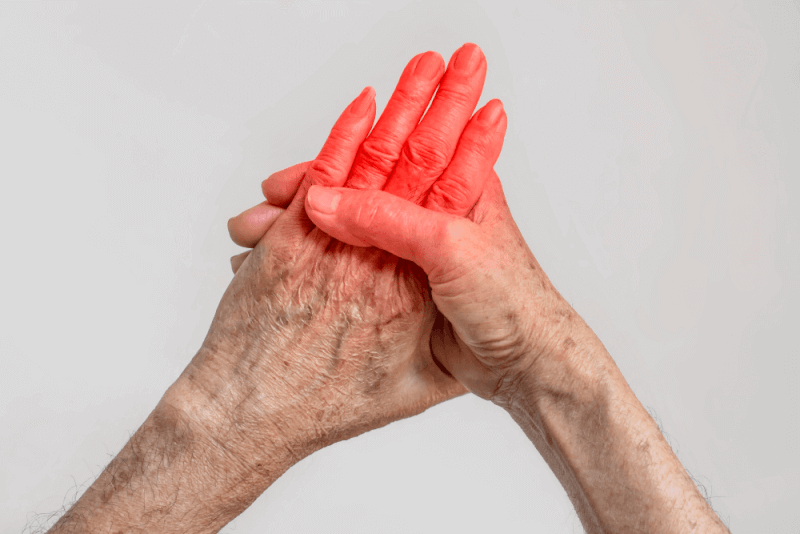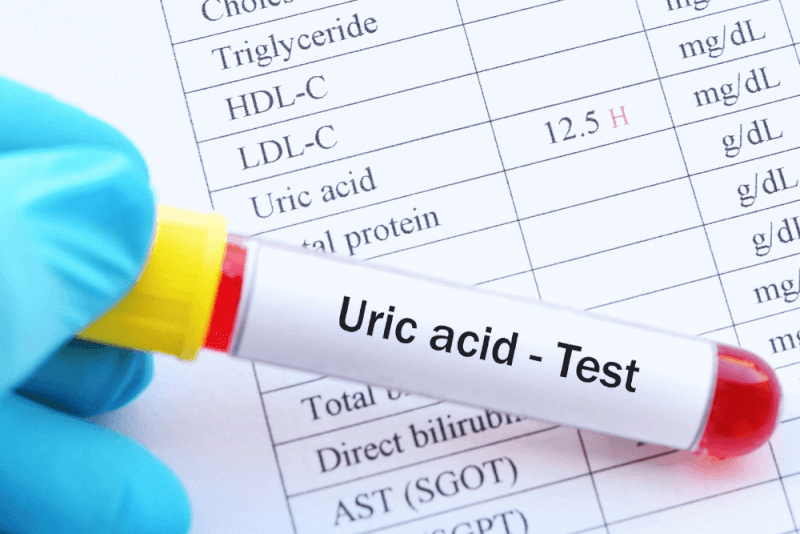What is Ehlers-Danlos Syndrome?
Ehlers-Danlos Syndrome (EDS) is a genetic disorder characterized by damage to connective tissues. In the human body, connective tissues hold and support different tissue types together. Individuals with Ehlers-Danlos syndrome experience abnormalities in proteins like elastin and collagen.
People with Ehlers-Danlos syndrome have changes in their skin, joints, and blood vessels. It manifests with specific symptoms such as overly flexible skin, hypermobile joints, easy bruising, joint dislocations, weakened blood vessels, and slow healing of wounds.
Causes of Ehlers-Danlos Syndrome
Ehlers-Danlos syndrome is caused by genetic mutations. Mutations are changes that occur during DNA replication or cell division. These mutations lead to abnormalities in the proteins involved in the synthesis of connective tissue.
There are different types of EDS. The specific type of Ehlers-Danlos syndrome depends on which gene has mutated and which proteins are affected. In the hypermobility type of EDS, the genes responsible for collagen production are mutated. In other subtypes, different proteins of the connective tissue are affected.
Symptoms of Ehlers-Danlos Syndrome
The symptoms of Ehlers-Danlos syndrome vary depending on the part of the body affected and from person to person. The most common symptoms are as follows:
- Hypermobile joints
- Joints moving beyond the normal range of motion
- Joint dislocations
- Increased skin elasticity
- Skin appearing thinner than normal
- Easy bruising
- Slow healing of wounds
- Chronic muscle or joint pain
- Difficulty concentrating
- Chronic fatigue
- Weakness
- Complications in various organs
- Weakness of the blood vessels under the skin
- Eye problems (e.g., myopia, astigmatism)
Diagnosis Criteria for Ehlers-Danlos Syndrome
Various tests are performed to diagnose Ehlers-Danlos syndrome. These tests include:
- A doctor examines the patient's skin, joints, and other affected areas through physical examination, focusing on skin elasticity, hypermobility, and frequency of dislocations.
- The patient's medical history, family history, and current medications are reviewed.
- Genetic tests are conducted to diagnose Ehlers-Danlos syndrome.
Diagnosing EDS can be challenging, but several specialist doctors collaborate to perform various tests and evaluations to reach a diagnosis.
Treatment of Ehlers-Danlos Syndrome
There is no definitive cure for Ehlers-Danlos syndrome. The goal of treatment is to alleviate the symptoms and prevent complications.
- Physical therapy exercises are implemented to strengthen the joints and muscles, reduce the risk of dislocations, relieve pain, and improve mobility.
- People with EDS often experience pain, and pain relievers and appropriate medications should be used under doctor supervision.
- Precautions are taken to reduce skin injuries and the harmful effects of the sun.
- Specially made shoes are worn to ease the joints.
- Patients with EDS should avoid lifting heavy objects.








